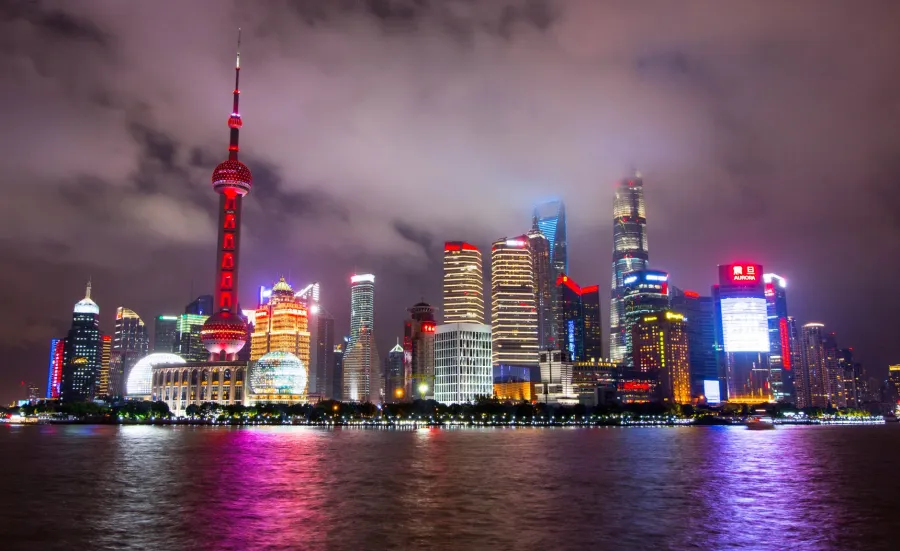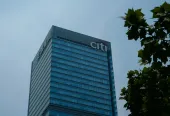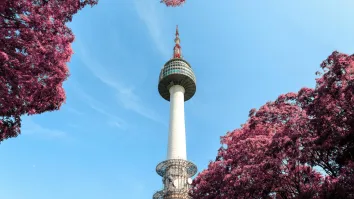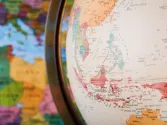
Coronavirus to amplify hierarchy in Chinese banks: analysis
Banks with high exposure to SMEs will bear the brunt of the epidemic.
The coronavirus pandemic will test Chinese banks’ resilience and hierarchy as non-performing assets are expected to surge more than 50% this year and with GDP growth halved, reports S&P Global Ratings.
Regional banks with high exposure to small businesses will absorb the most impact, whilst the largest lenders are expected to survive with a strong market position, which will likely inflate the hierarchy of Chinese banks, said S&P credit analyst Fern Wang.
So far, regulators have utilised the banking system to absorb the economic effect of the pandemic especially to support segments crucial to coronavirus containment and medical support. S&P expects the biggest banks to provide the most relief given their size and close ties to the government, with the largest ones becoming more dominant once the coronavirus fully recedes.
Around a third of bank loans are in sectors significantly affected by the pandemic, the report said, and regulators will likely give banks more room to be lenient to borrowers. They are allowed to extend loan repayments from borrowers with good standing to 30 June.
In addition, some of the loans will have a payment extension of more than 90 days, which would have been normally classified as an NPL, the report said. Such clemency could keep reported bank NPLs at around 2.2% of gross loans, a marginal increase from an estimated 1.74% in end-2019.
However, the official NPL ratio alone does not give a full picture of the risks the sector are facing, the report wrote. Based on central bank stress tests, S&P believes that NPL ratios may rise eight to nine times than their estimated NPL ratios in 2019.
"The velocity of banks' NPLs rise will partly depend on the degree to which they have lent to Hubei-based borrowers," said credit analyst Patrick Chan.
Exposure to sectors damaged by the outbreak is also important in assessing the hierarchy of banks post-COVID, the report said, especially consumer-driven industries dependent on household spending. NPLs from these sectors are likely to reach six to 10 times that of 2019 levels with city commercial banks and rural commercial banks bearing the brunt.
Government measures to contain the outbreak have hurt SMEs in particular, consequently impacting banks which have been increasing their exposure to the sector, the report said.



















 Advertise
Advertise







